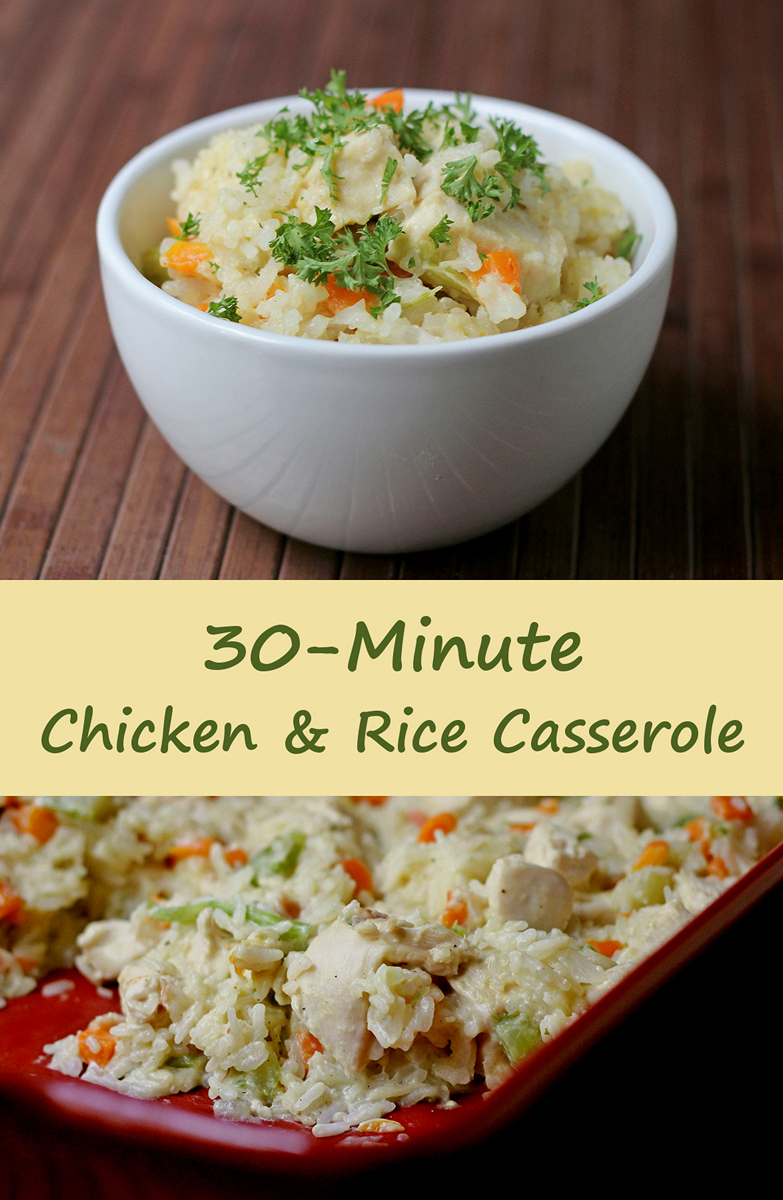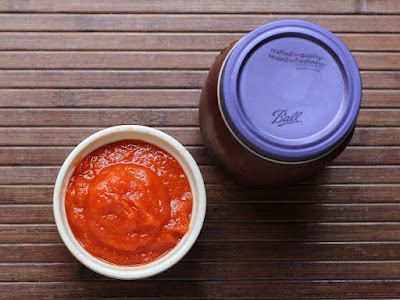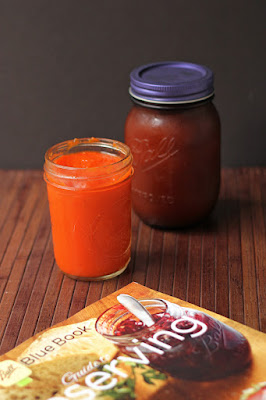 |
| All photos courtesy of Food Network |
If you're a fan of the TV show
The Next Food Network Star, you may have wondered what it's like to be
on the show. I mean, we get to see what the producers and editors want us to see, but you know it's got to be different to be on the
other side of the camera.
I had a chance to interview
Jay Ducote, one of this year's contestants. Full disclosure: I've "known" Jay for quite a while, online, and I'm rooting for him to win. We belong to a blog group called Virtual Potluck, but we've never met, and until this phone call, we've never had a conversation that didn't involve typing at each other.
The folks at Food Network were nice enough to set up and interview, and I was armed with a few questions. Just like the guy you see on television, Jay was easy to talk to and super-nice. And I'm sure the ears at the network were listening in to make sure I didn't ask any questions about future episodes. You do know it's not a live show, right? It's filmed ahead and we're watching things that happened a while ago.
Jay originally auditioned for the Season 10 show, which was last year. He said he got pretty far through the interview process, but didn't make the cut. This year, he got a call back from the network who said that they had liked him the year before, and they encouraged him to apply again. Even though he was invited to apply, he said it was still a long process and a lot of interviews and paperwork.
So, it's not like you interview once and wait for the results. You go step by step by step, and then when the call comes, you have a short time to "put your life in order" so you can run off to be on the show. Jay said that he got the call while he was at a restaurant and while he couldn't say too much, he toasted his two employees and said, "Have fun running the business without me." Besides blogging at
Bite and Booze, Jay does pop-up events and hosts a radio show. He also has his own line of
barbecue sauce, and it's pretty darned good!
Jay and his sister had watched The Next Food Network Star together many times, and his brother also knew what the show was about, but his parents were a little more in the dark. He said that his mom had never actually seen the show, and his dad might never have seen the Food Network at all. Once he told them the news, his mom watched the previous year's episodes to get an idea what her son would be facing. I'm pretty sure they're both watching it every week now.
Of course we had to talk about cooking challenges, and Jay said that the hardest one for him was the restaurant challenge, for two reasons. First, it was the only challenge where he had to collaborate with someone on a single dish. There were other team challenges, but in those, people worked on their own dishes. In the restaurant challenge, the two contestants had to collaborate and create a single cohesive dish.
The other reason it was hard, he said, was because it was done in a commercial restaurant kitchen, and that's not something he's used to. The equipment is much different from home cooking, and the space was small and cramped.

The
Food Network Star kitchen certainly isn't like anyone's house, but he said it was nice because it was so roomy, and the equipment was more like something high-end home cook would have, so it was easier to work with.
What about that equipment? What cooking things did Jay wish he could have brought home with him?
"They had a really good selection of cast iron Dutch ovens and skillets," Jay said, and noted that if you watch closely, that's pretty much what he goes for every time. Once, Dom beat him to the punch and got the cast iron skillets in the pizza challenge, and Jay's pizzas ended up with underdone crusts. I have to agree with Jay that when you need cast iron, you NEED cast iron!
Speaking of Dom, Jay said that Dom is one of the funniest people to be around when the cameras aren't rolling. While he seems shy on-camera, he's very fun when the contestants aren't competing.
Jay mentioned that he's made good friendships during the show, and that they continue to stay in touch, even though filming is over.
He also said that the contestants all had the attitude that they wanted to get ahead and to win by being the best they could be, and no one wanted to win because someone else screwed up. They were all cheering for each other, while also being competitive.
One big question is whether they all get to nosh on each others' food, and for the most part, they don't. Sometimes they will sample some component someone's dish in progress, if the other person asks for an opinion. But there were times when they didn't even get a chance to sample their own finished dish, like with the pizza challenge. They each made three pizzas for judging, and although they could taste the components as they made them, or perhaps a bit of topping that fell off, no one got a chance to try a slice of their own, or anyone else's pie. The judges were the only ones who got a chance to taste.
For some challenges, though, if there's leftover food after an event, they might have a chance to do some sampling, like at the Fourth of July event where teams had food that wasn't served to guests. But it doesn't happen often.

When it comes to best and worst dishes, Jay said that his gumbo will probably live in infamy, but it truly wasn't as bad as it was made to seem. Bobby Flay said that the flavors was good, but the dish was "murky."
Jay explained that he was going for a slimy dish, since that was his challenge. He chose to do gumbo because okra can be slimy. He said that what he ended up with was more of a stew than a soup, but he said it wasn't as bad as it looked. Still, if he had a chance to do it over again, he would like a chance to re-do that dish and get it right - even if he only had 45 minutes.
As far as dishes he liked, the outdoor cooking and grilling events were the most comfortable for him, and he chose the Fourth of July event as his ultimate favorite. His steak was well-liked, he redeemed himself with the okra, and he did a great job with his presentation. For a non-grilled recipe, he was very happy with his crazy calamari dish that had to incorporate pink lemonade and the color black as part of the improv challenge.
A really tough challenge for
almost everyone was the grocery swap challenge. Jay said that he was happy with what he got (Dom's beautiful steaks) but other contestants "were dumbfounded" when they had to cook with things that other people had shopped for. It was particularly hard for Rue, who had chosen South African spices to match her point of view - and when she lost all those spices to work with, she had to shift gears. And Dom is probably still looking for those steaks.
Jay said that watching the show on TV doesn't "do justice for how challenging and how crazy it is." The contestants don't have a clue what they will be doing ahead of time. "It's not like you have two days to think about making pizza," he said. The challenges are described, and the countdown starts, just like you see it on TV.
For those who want to consider applying for the show, Jay said that most people know they need cooking skills, but many lack the necessary presentation skills. Very crucial is the internal clock that allows you to know how long 30 seconds or 1 minute or 4 minutes is, so you can pace yourself and "wrap it up and get out on time."
Considering how many of the contestants leave dead air after they're done talking, or who are mid-sentence when the camera stops rolling, that's very good advice.
Another important thing is to know your cooking point of view. Jay said he was surprised that some people had no specific point of view and just said, "I like to cook everything." The network isn't looking for that - they're looking for people with a very specific point of view - not necessarily a gimmick or recipes based on geography - but a theme that works for the person, their stories, and their recipes.
Based on what I've seen so far (just on TV, I don't get any special viewings), this year's cast definitely has cooking chops. Jay said that the judges often commented on how good this year's cast is and how good the food has been from everyone. As far as Jay's recipes, I wandered through his blog to see if he might have a gumbo hiding there. I didn't find one, but I think I'd be even more happy with the
crawfish rolls he recently posted.
Jay didn't even hint at what might happen in upcoming episodes, but I know that I'm glued to the TV every Sunday until it's over.
How about you?
 What do YOU know about eggs?
What do YOU know about eggs?














































